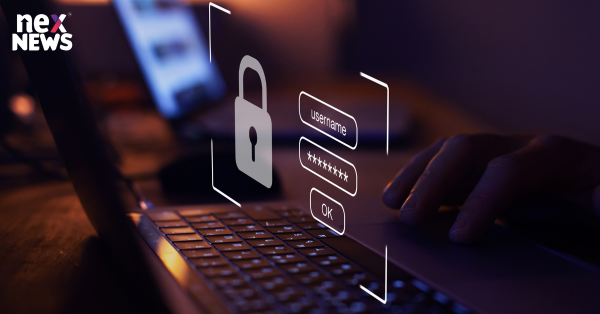As remote work and telecommuting continue to become integral parts of modern work culture, ensuring cybersecurity is more critical than ever. This article highlights essential cybersecurity best practices to help individuals and organizations navigate the challenges of remote work while safeguarding sensitive information and digital assets.
Introduction
The rise of remote work brings convenience, flexibility, and a unique set of cybersecurity challenges. As employees connect to company networks from various locations, it's crucial to follow cybersecurity best practices to mitigate risks and maintain a secure digital environment.
Secure Network Connections
Use virtual private networks (VPNs) to encrypt your internet connection when accessing sensitive information or company resources remotely. Avoid using public Wi-Fi networks for work-related activities.
Use Strong Authentication
Enable multi-factor authentication (MFA) wherever possible. This adds an extra layer of security by requiring an additional verification step beyond a password.
Keep Software Updated
Regularly update operating systems, applications, and antivirus software to ensure protection against known vulnerabilities.
Implement Endpoint Security
Install endpoint security solutions on all devices used for remote work. These solutions provide real-time protection against malware and other threats.
Protect Personal Devices
If using personal devices for work, ensure they have updated security software, strong passwords, and encryption. Keep personal and work data separate.
Secure Wi-Fi Networks
If working from home, secure your Wi-Fi network with a strong password and use WPA3 encryption. Avoid sharing network passwords with unauthorized users.
Beware of Phishing Attacks
Be cautious of emails, messages, or links that appear suspicious. Phishing attacks often trick individuals into revealing sensitive information or installing malware.
Encrypt Data and Communications
Use encryption tools to protect data both at rest and in transit. This ensures that even if data is intercepted, it remains unreadable.
Adopt VPN for Remote Access
If accessing company resources remotely, use a trusted VPN to establish a secure connection. This prevents unauthorized access and eavesdropping.
Regularly Back Up Data
Regularly back up important data to secure cloud storage or external devices. This ensures data recovery in case of a security incident.
Stay Informed and Educated
Keep yourself informed about the latest cybersecurity threats and best practices. Educate employees through regular training to foster a security-conscious culture.
Collaboration Tools Security
Use secure collaboration and communication tools that offer end-to-end encryption. Avoid sharing sensitive information on unsecured platforms.
Conclusion
The future of work involves remote connectivity and telecommuting, making cybersecurity an ongoing priority. By following these best practices, individuals and organizations can create a secure remote work environment that fosters productivity and protects sensitive information from evolving cyber threats.
